PWA SLALOM - SLALOM CENTS
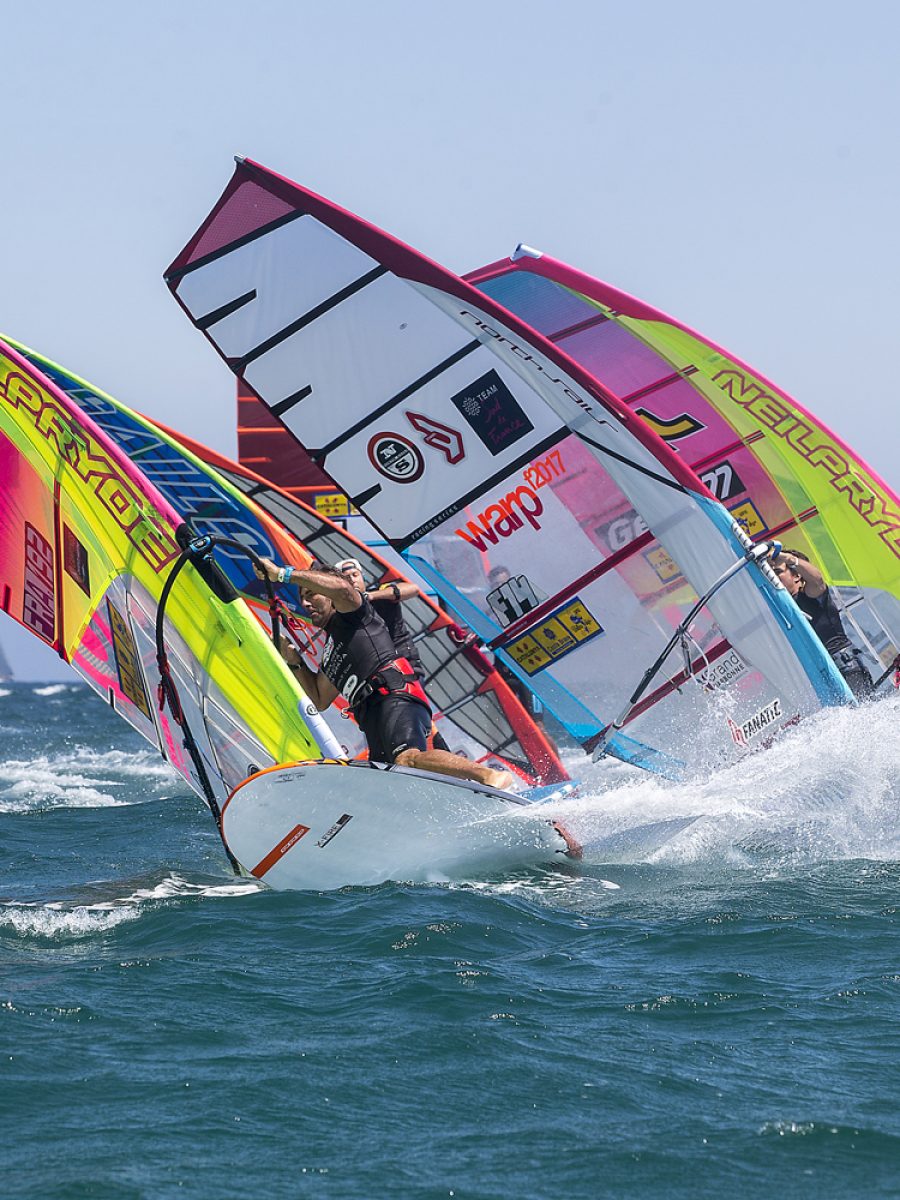
Slalom is the largest and richest discipline on the PWA tour but what are the economics behind being the prime player. From staging an event, running a team, prize money and earnings to what it costs to compete, travel and get kitted up for professional slalom racing, we take a look at the dollar and cents (well euros actually!) of professional slalom racing.
Words Richard Page, Andrea Cucchi, Kurosh Kiani, Ross Williams, Matteo Iachino, Antoine Albeau // Photos John Carter
This feature originally appeared in the May 2018 issue of Windsurf Magazine
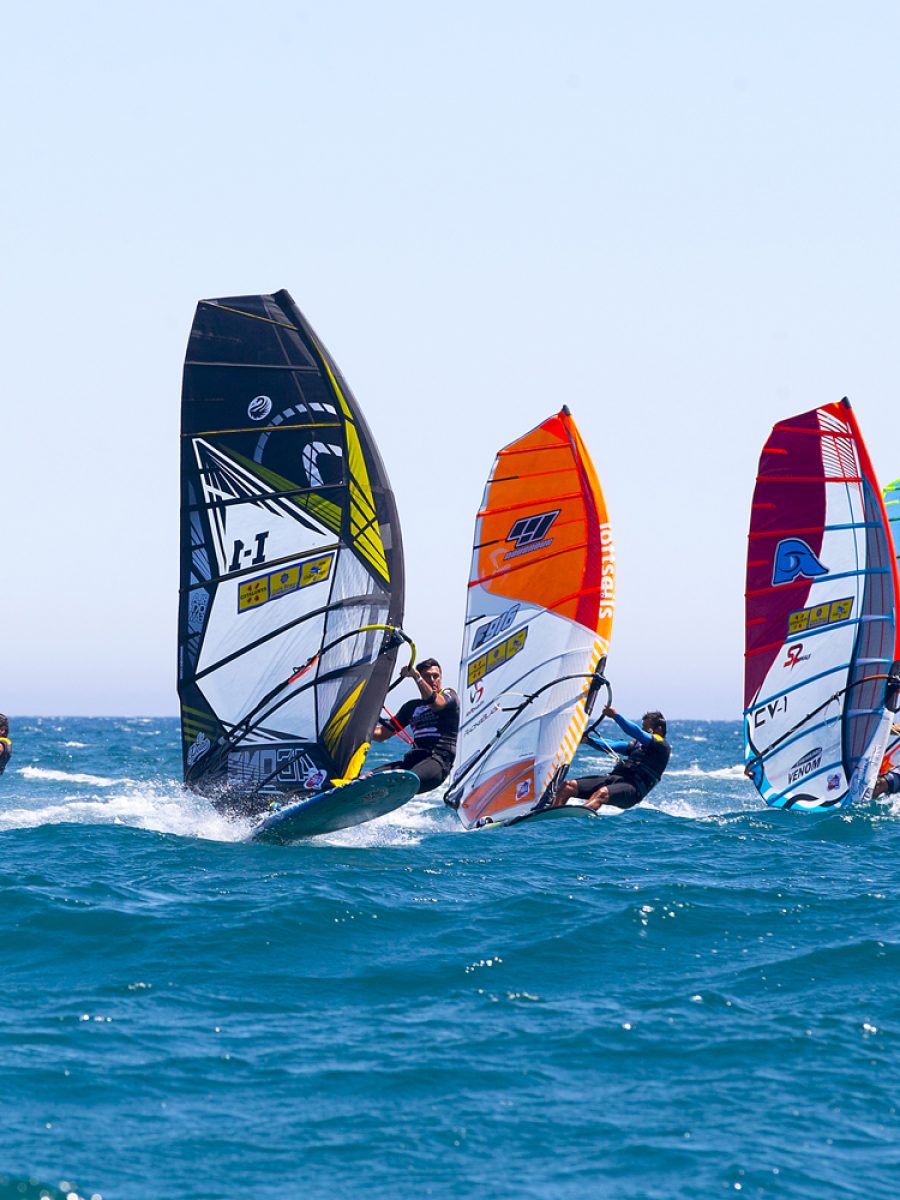
RICHARD PAGE – PWA TOUR MANAGER
“The only truly fixed cost at a PWA event is the prize money, which is set by the sailors and non-negotiable. The current rate for Slalom events is 55,000 euro. Beyond that there are certain minimum requirements that must be met, such as the costs for the PWA crew to come to the event, live streaming and media budgets as well as infrastructure requirements, such as accommodation for crew and the top 20 sailors, storage and security for sailors’ equipment, boats and hardware, that kind of thing. Some of those aspects require budgets to be paid to the PWA, some are simply items that must be provided physically.
Where budgets are paid to the PWA, such as for the PWA crew or live streaming service, we calculate those budgets at cost, with no margin for the PWA, as our aim is to keep costs to an absolute minimum and promote new events. As a result, those budgets can vary massively depending on the location of the event (as this impacts flight costs), the number of days the event will run for (which affects total wages for the crew) and the exact crew numbers required. We only ever travel with an absolute minimum of crew to ensure that the event is run to the required standard and try to utilise local crew as much as possible.
As a ballpark figure, for a single discipline event in Europe, running for 5 – 7 days, with a basic live streaming and news setup for media, and basic onsite infrastructure, we estimate that the total ‘cash value’ of everything required at an event will be in the region of 160,000 euro (please note this is a rough guide and individual circumstances can vary even at that level). It is important to distinguish between cash value and actual cost, as much of what is required may be provided through sponsorship (hotel accommodation for example from a hotel sponsor) and not need to actually be paid for with cold, hard cash, but that figure is a reasonable guideline of the value.
At a multi discipline event, running for 10 days or more, with a large-scale beach infrastructure and media setup (like Sylt), those budgets can be significantly more, but that is easy to understand when you see the scale of the event. The actual budget paid to the PWA will be far less than those figures, probably about half in most cases, but the majority of that is prize money, or costs for third party services, which are then paid out again, so very little of that money is coming in to the PWA itself.”
Our aim is to keep costs to an absolute minimum and promote new events.
ANDREA CUCCHI – OWNER AND FOUNDER POINT-7 FUNDING A TEAM
“A slalom team for a brand is divided into different levels. In most brands there is an elite rider for obtaining top 5 results in the PWA. Than a second elite rider who is normally ranked between 15th to 5th place in the PWA. A brand would then aim to have riders at a top national level to win national titles and do the smaller international events as well as youth, junior and of course women. Local fast slalom riders are also great windsurfers to have onboard in some locations. So when you put it all together a slalom team is big!
The official team would be mostly made up by 3-5 riders per main brand. Having results is like putting a stamp to the product saying that it’s working well. So when you win a PWA slalom world title, like we did in 2017 with Point-7, it’s like proving that there is nothing that can be said against your product. You are world champion, and nothing else to add. Not many sail brands can say they have won in the last 20 years. To win a world title you either pay a lot of money for the best rider, or you build champions and have them grow with the sail development and team. The costs of these 2 options are very similar, but the second option is by far more challenging and difficult, but this is what we always go for in Point-7. We did it with Alberto Menegatti who went from 14th to 2nd in one year!
Matteo Iachino was followed by us since his start in windsurfing. Even when he was on other sail brands he was always with us. We took him onboard when he was ready, and with us he won his first PWA world title. You need to pick a talented rider ready to work hard and give all their effort. Help them gain experience, support them, teach them, and it’s not always easy. So when a young rider comes on our Point-7 Black Team, they know that they have the chance to improve a lot, but they also know that we expect them to fully focus and follow the program. We are not a team that give the salary and gear, and wait for the rider to give us their race results at the end of the year. We are active and on it. We can risk that our young riders don’t bring results for a season, but we don’t care. We have our team philosophy to support new talents, and we will always work on this. Once the champion is built, we give them the chance to stay with us or go for the money, and if that is the case we start with the new talents again. We won our world titles, and it’s always time to prove our sails with different new talent. We know our product value, therefore we are not worried to go for new challenges.
WEIGHING UP THE VALUE
If you pay a super champ, and they only do the 6 events… it’s not cheap at all. In other sports there are a lot more events during the year for the athletes. So with only 6 events, all focussed in a period of the year, it’s not really balanced. I also believe we should have more competition over the winter to advertise the gear before the selling season starts, and have the riders more free over the summer to have them do more promo events with our windsurfing community to promote the sport. Racing is important, but it’s only a fourth of what a rider needs to do to be complete. There are results, but also media (and we are not talking about social media only, which anyone can do easily nowadays), communication with the community, and we also calculate the effort. The result of these 4 aspects gives the value of the rider. In Point-7 we tend to multiply these 4 factors, and if one of them is zero, the result is zero. Often the riders don’t consider gear to have a big value when given to them for free, but this is already a lot of money. They are often having between 10 to 25 sails, same for the masts, plus all the carbon booms, clothing, accessories!
The total costs of the team, depends on how many people you have onboard, and from these how many are in the top 5. A super top flight sailor can cost between 40K euro up to whatever incentives they will have. It can easily double if the results are good. The lower the level of the rider it immediately halves in money value, or goes down even to a quarter. A top brand can even spend 150K euro, if not more. A small brand much less. At Point-7 we like to see the riders as a team and not as individuals. A team has a bigger chance to be sold to external sponsors. At the moment riders try to support their activity by living off only windsurfing brands, but the industry cannot support everyone. We have sponsors for our Point-7 Black Team, but we could have much more sponsors if the existing racing structure would be a bit different. This would ease up the expenses for the industry and immediately give more to the pros.
DEVELOPMENT
We invest a lot of time in development. Time can be seen as money. Every day we are on the water testing re-cuts, masts, booms and prototypes. I windsurf personally every day, and there is not one session I do for fun or for training. I’m always on the water with something new to try. You can end up spending a lot of money to pay testers to fly somewhere to test out gear, the cost of a designer can be expensive, travels, excess luggage etc. In Point-7 we have the benefit that I take care of this part of the job personally. So I’m on the water testing myself all the gear, and as I’m still racing myself at top level, I speak the same language of the riders, but knowing also exactly where to put my hands to change the products. If they send me an interesting idea, I’m on the water myself the next day testing with my guys. Whether it’s the reflex of the boom, the curve of the mast or the change on any part of the sail. There is no mediator. If the rider tells me something, I know exactly what he wants as I feel it myself, but with the advantage of knowing exactly where to change to improve, and by how much. We are situated on Lake Garda, where it is windy every day. In a day you can end up testing up to 4 sail sizes. In a week, you do the work that would take a month in other places. We have wind from 6am to 10am and from 1pm to 5pm. You can plan the day, be on the water lots of hours and still have a lot of hours free to do other company tasks. As I travel myself to events for racing, it’s then easy for me to bring the products that I know will be liked by the riders and can be checked for final confirmations. We have a smart setup, and it’s lucky we don’t convert my time into money. More brands are starting to come to our home waters now, to take advantage of the logistics in the summer time.
COST CALCULATIONS
One thing you need to take into account when you ask this question is not how much a designer or even a rider costs. It’s more like, how much do I need to spend to make sure that the designer can do their job, and how much do I need to spend to promote that I have a famous rider. So when you think that this resource would cost 1, than you can calculate immediately that it would cost you 2, therefore double. For the costs of a designer, you have to ask the other brands. I guess it costs as much as a good rider. As I said before, we are lucky that I can do it all myself. If we would have had to pay designers and top riders to prove the product, and everything else mentioned, it would have been an impossible mission to establish Point-7 in such a short time between the other well known brands. We don’t put in production one product which does not get tested properly on the water by myself first. I want to know what we sell, and I bring it to all its extremes to make sure our riders have the best gear, and our clients the best performance. What our team uses comes from the same shelves our clients get their gear from.”
To win a world title you either pay a lot of money for the best rider, or you build champions.
ROSS WILLIAMS
“Looking at the cost for the 2018 season I try to work out a maximum I am prepared to pay to compete at the most expensive event and then apply it to all of the events. That way if at one or two events I spend less, that money I will try to put away and save for my personal future. At some events that works and others you end up spending more. The six slalom events each have their individual costs, but I budget to spend around 2500-3000 euro per event. So an overall cost of around 18,000-20,000 euro for the whole tour. On top of these expenses then you have your pre-season trips and training. For example, I had to fly back from Maui to the UK. In the UK I will test most of my new equipment. Then I plan to go to back to Maui for the photoshoot and more testing and training with a fitness coach/instructor for March and April. After Hawaii it is back to the UK again before flying to the first event. I estimate this bundle of costs will cost as much as 7000 euro including all the regular living expenses. I feel I am pretty lucky in the end that my sponsors supply me with pretty much all the equipment I need. There may be extra industry costs for some smaller items such as fins (again I am very lucky to work with F-hot fins) and travel bags or extensions. These items should cost more me not more than another 2000 euro. Of course there are also the costs of having my van in the UK and running costs, insurance etc. of that is going to be another 2500 euro. So I would say just to do my job and fulfil all my commitments I spend around 25,000-30,000 euro on being a professional windsurfer and competing on the tour in 2018. As for the returns, you hope your sponsors will cover at least all your costs, and pay you a salary, if you are good enough. Then you have prize money and incentives. These are your financial gains. There are a lot of us guys who do it for the right to call themselves the best in the world! I do it because of that for sure! It is an amazing lifestyle. The act of windsurfing and being on the water makes me who I am. If I wasn’t spending so much of my life on the water due to the way I was raised up then I think I would go crazy. I have been very lucky! I doubt there are many jobs or careers that give you such a high level of freedom, mental and physical well-being and a connection with the world. That you can’t put a price on!”
“You hope your sponsors will cover at least all your costs, and pay you a salary, if you are good enough.”
MATTEO IACHINO
“Nowadays it’s quite hard for a windsurfer to compete in the whole tour. We are mostly European riders and I will talk about costs traveling from Europe, as this is my experience.
TRAVEL
Let’s start with the Asian leg, Japan and Korea. Average flight Europe to Tokyo one way is around 300 euros if you find a good price with Turkish airlines. With them you have to pay theoretically 90 euros per bag but somehow, many times with different tricks, we manage to pay 90 euros for a couple of bags. I bring 6 boards, 10 sails and different accessories and fins and that means 5 to 6 triple bags. That means I pay from 480 to 700 euros to fly to Japan. Then you have the flight from Japan to Korea, that’s between 100 and 200 euros and then Korea back to Europe, which costs roughly the same as the outbound flight. In total between 1100 and 1600 euros for the flights. Then you have to pay for the registration and accommodation if you are out of the top 16. Let’s say that if you stay cheap, for those 2 events you spend between 2500 and 3000 euros but this can easily go up to 4000.
For Costa Brava I travel by van and it costs around 500-600 euros between gas and highway charges. Around 150-200 euros for the accommodation plus food and registration which costs between 1000 and 1300 euros. This year we head to Portugal! We have never been there before but I guess costs are similar to Costa Brava at around 1000-1300 euros!
Fuerteventura costs around 350 euros for the flight and you can be lucky or unlucky with the bags but I guess you won’t spend less than 700 euros to fly up and down plus the bags. Plus registration and accommodation, I would say 1200-1600 euros average.
Sylt again is by van. It will cost 600-800 euros more or less to get there and come back. With registration and accommodation I would say 1200-1600 euros again. All of this means the tour costs an average of 10000 euros if you make no mistakes and you know how to book flights and accommodation and how to behave at the check in desks around the world.
TRAINING
To train in Tenerife with the TWS Pro Slalom Training is the best option in my opinion. That means that if you want to do one month it’ll cost you around 1500 euros between flights, accommodation and training.
FINS
You would need at least three fins per board to compete. That means, with about 250 euro per fin, 2250 euros of fins!
EQUIPMENT
For sails, boards and masts, I hope if you compete on tour you are either sponsored or you pay a special price and you can sell everything at the end of the season for the same price you bought it, so that you don’t spend anything for that.
INCOME
Now my guess is that if you get into the top 20 and you are young enough and smart enough you can get out of the sport the same money you spend to train and compete and you go back to zero at the end of the year. You can start testing and doing other stuff for the industry to create some value around yourself to get some more return.
If you are top 15 you start earning some more from the industry and from the prize money. Only the top 8-5 make some money out of it and can actually be called “professional athletes”, if professional means that you live out of windsurfing and at the end of the year you keep something in your pocket.
What does motivate all of us (and I’m in this group as well because not so many years ago I was 23rd in the PWA world ranking), is the passion. We do it because we love windsurfing. We love competing, we love travelling and we even kind of love having troubles around the world. If while doing this we make some money too, well, that’s just great and it’s the best feeling ever, but sadly it’s never going to be paid like tennis or soccer.”
“Only the top 8-5 make some money out of it and can actually be called “professional athletes”
ANTOINE ALBEAU
Let’s look at the upcoming year which has 6 events Japan, Korea, Costa Brava, Portugal Fuerteventura and Sylt.
Here are my budgets:
Japan / Korea: 2700 euro.
Costa Brava: 800 euro.
Portugal: 1000 euro.
Fuerteventura: 1200 euro.
Sylt: 1000 euro.
Total: 6700 euro.
I don’t pay the accommodation because I’m in the top six. My entry fees are around 650 euro. Also I don’t pay for equipment apart from fins.
TRAINING AND PR.
I will do trips to Paris to meet journalists and the president, which costs 1500 euro.
Then I do a training trip to Tarifa for three weeks and costs me only the travel expenses because I have friends where I can stay. That costs around 1000 euro. I also spend one month in Maui which costs around 3000 euro.
I will also go to Namibia this year and the total cost including registration, renting a van, accommodation, flights and excess baggage, fins and boards will be around 15,000 euros. I will also compete in other national events during the year but this isn’t fixed right now, but can be 5/6 events, maybe around 4000 euro!
For me, it is worth it because I have sponsors and I win, but this year I got cut a lot and I think that it will be the same for everyone, and we have one more discipline to do, foil! So I think my costs for the season will be around 30,000 euro!”
PULL QUOTE – For me, it is worth it because I have sponsors and I win.
KUROSH KIANI
“I nearly always try to combine events which are close to make the travel costs cheaper. In the 2017 season I did not go to the New Caledonia event as it was not financially worth it. I will give you an example of my costs last year. For me, the official travel year started before the first events at Lago di Garda!
LAKE GARDA, JAPAN, KOREA.
I spent three weeks at Lago di Garda where flights, car and accommodation cost around 1500 euro.
Flights Milan – Seoul – Tokyo – Barcelona: 900 euro.
Excess: 450 euro.
Accommodation/food: 550 euro.
Miscellaneous: 500 euro.
TOTAL: 3900 euro.
COSTA BRAVA:
I flew back to Barcelona directly from Japan.
Accommodation: 300 euro.
Food: 200 euro.
Flight back to Lanzarote: 65 euro.
Excess baggage: 100 euro.
TOTAL: 665 euro.
FUERTEVENTURA:
I live on Lanzarote, so I just drive across and pay about 20 euro for the ferry.
Transport: 60 euro.
Accommodation: 400 euro.
Food: 100 euro.
TOTAL: 560 euro.
DENMARK AND SYLT
I combined these two events:
Flights Lanzarote-Denmark: 200 euro.
Excess: 100 euro.
Accommodation Hvide Sande (Denmark): 250 euro.
Transport to Sylt: 120 euro.
Accommodation Sylt: 300 euro.
Flights Dusseldorf-Lanzarote: 90 euro.
Excess baggage: 140 euro.
TOTAL: 1200 euro.
TOTAL TRAVEL: 6325 euro
ENTRY & EQUIPMENT
After the travel you have entry fees, which I would say are approximately 500 euro!
Equipment cost (fins / mast / sails / boards / wetsuits and board bags), this is the biggest cost, but it is worth noting that most of this gets covered through sponsorships and partnerships.
Fins: Approximately 1500 euro yearly.
Board bags: 300 euro.
Masts: 2000 euro.
Sails: 3000 euro.
Booms: 1500 euro.
Boards: 7000 euro.
Wetsuits: 200 euro.
TOTAL: 15500 euro.
MISCELLANEOUS
I also estimate about 1000 euro a year on tools, repairs, spare parts, ropes and so on. It is important to have all the gear to be perfect for racing. Nearly all costs I strive to have returned through sponsorships or collaborations with brands. I try to stay on top of this and anticipate costs before they arise and try to approach it from different angles. I have had some terrible seasons so I´ve probably earned less than 4000 euro a year in prize money! To be honest it is probably not worth it if you look at it money wise. But if you want to do it as a professional, you have to approach it just right and do lots of planning, and then it is a fun and exciting project and gives you lots of experience for the future. For me, it has been a great personal development. I´ve learned lots about different cultures and languages, I´ve established a worldwide network of friends and made relationships I would never have done if I´d had an office job. So I am still very appreciative of the life I´ve been able to live!”

“It is probably not worth it if you look at it money wise.”
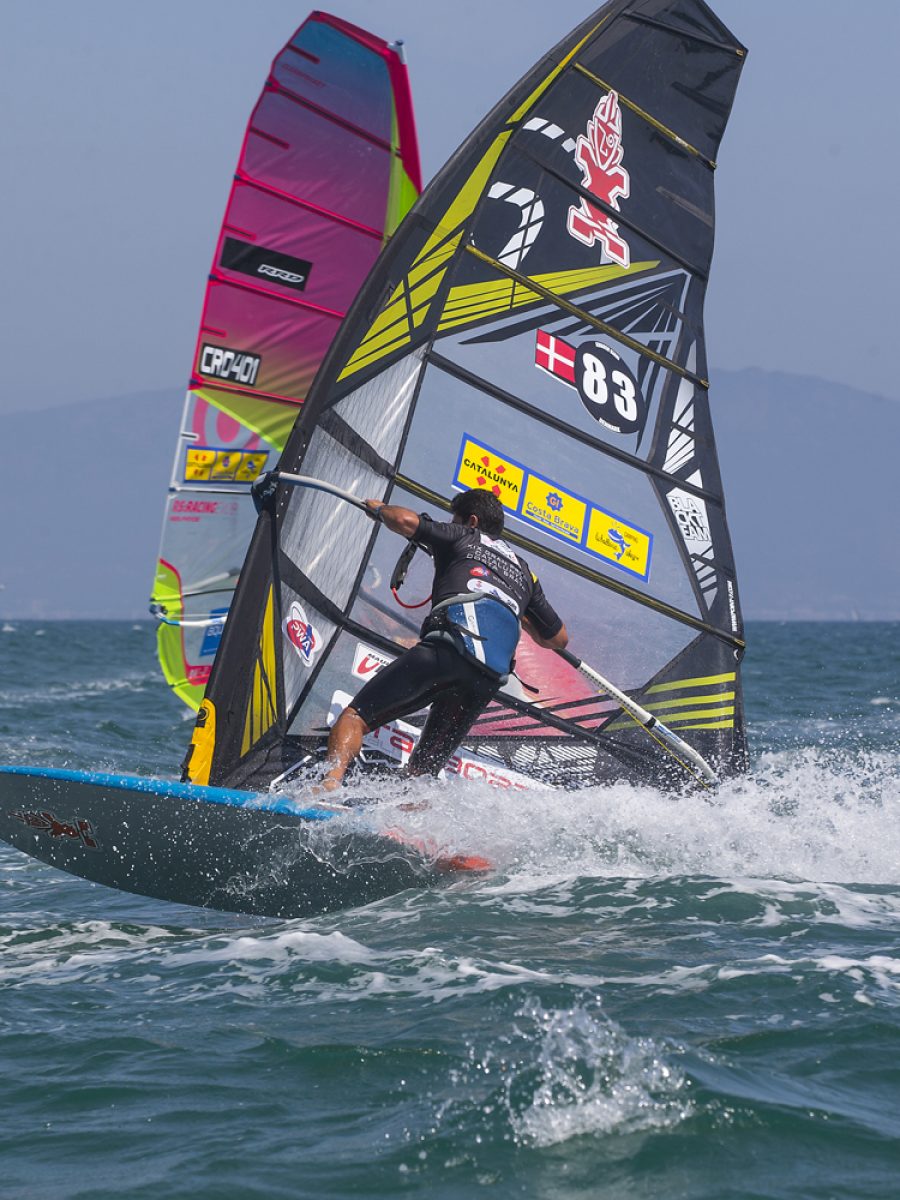
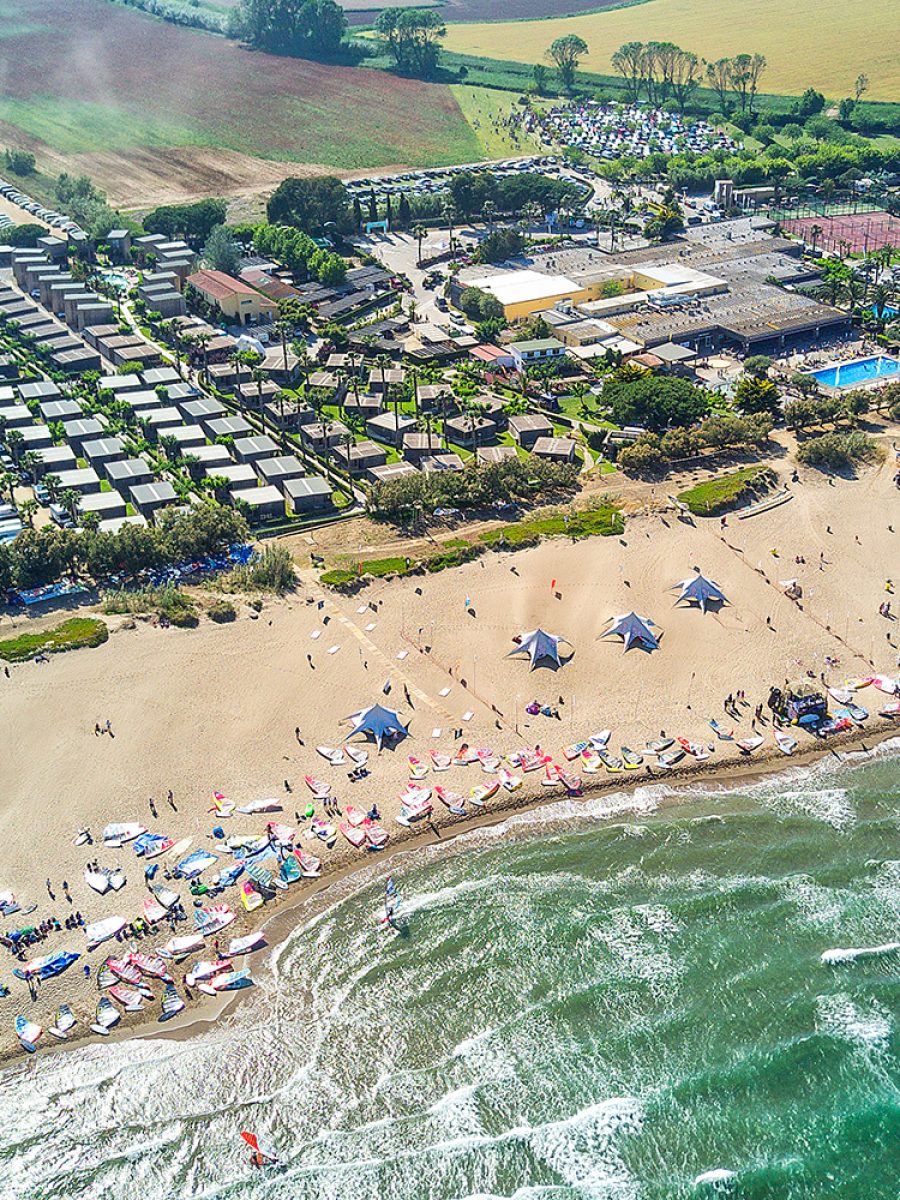
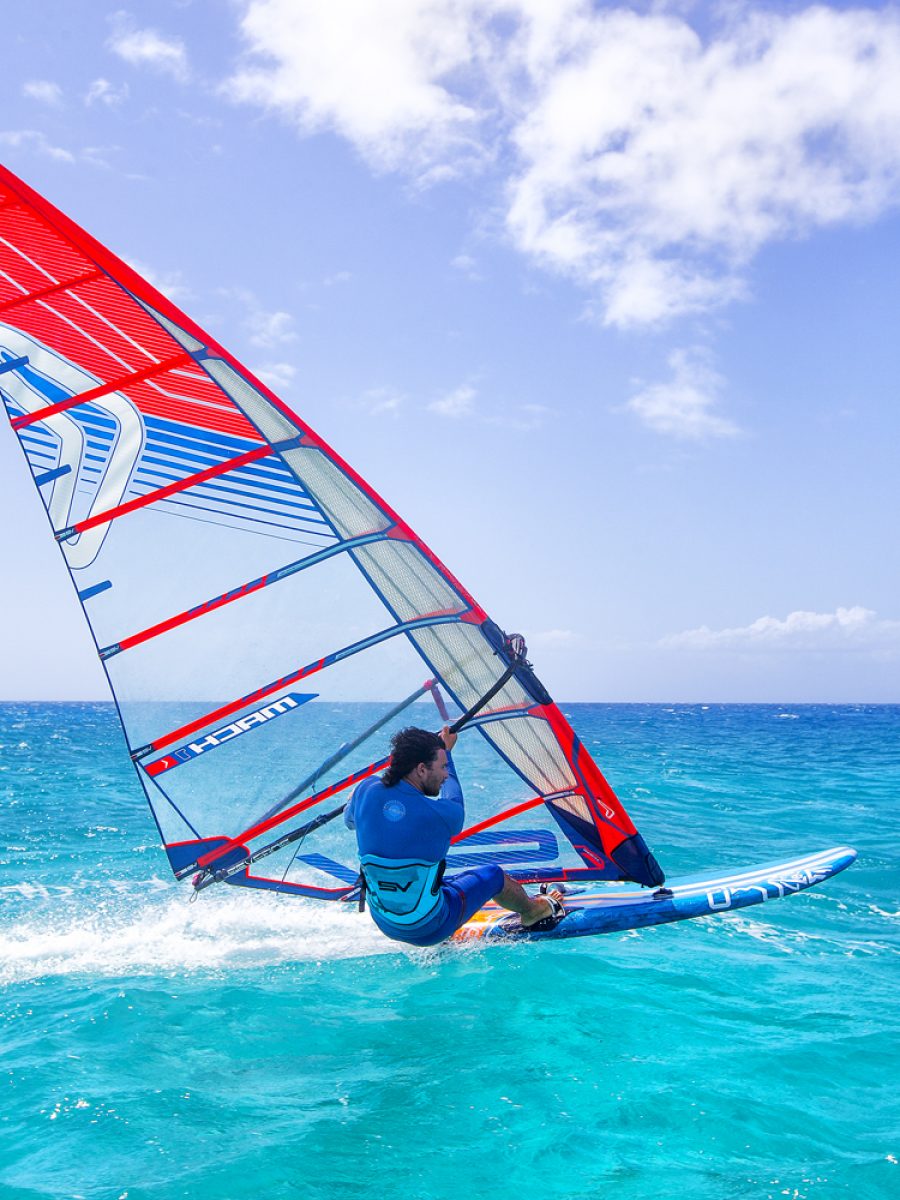
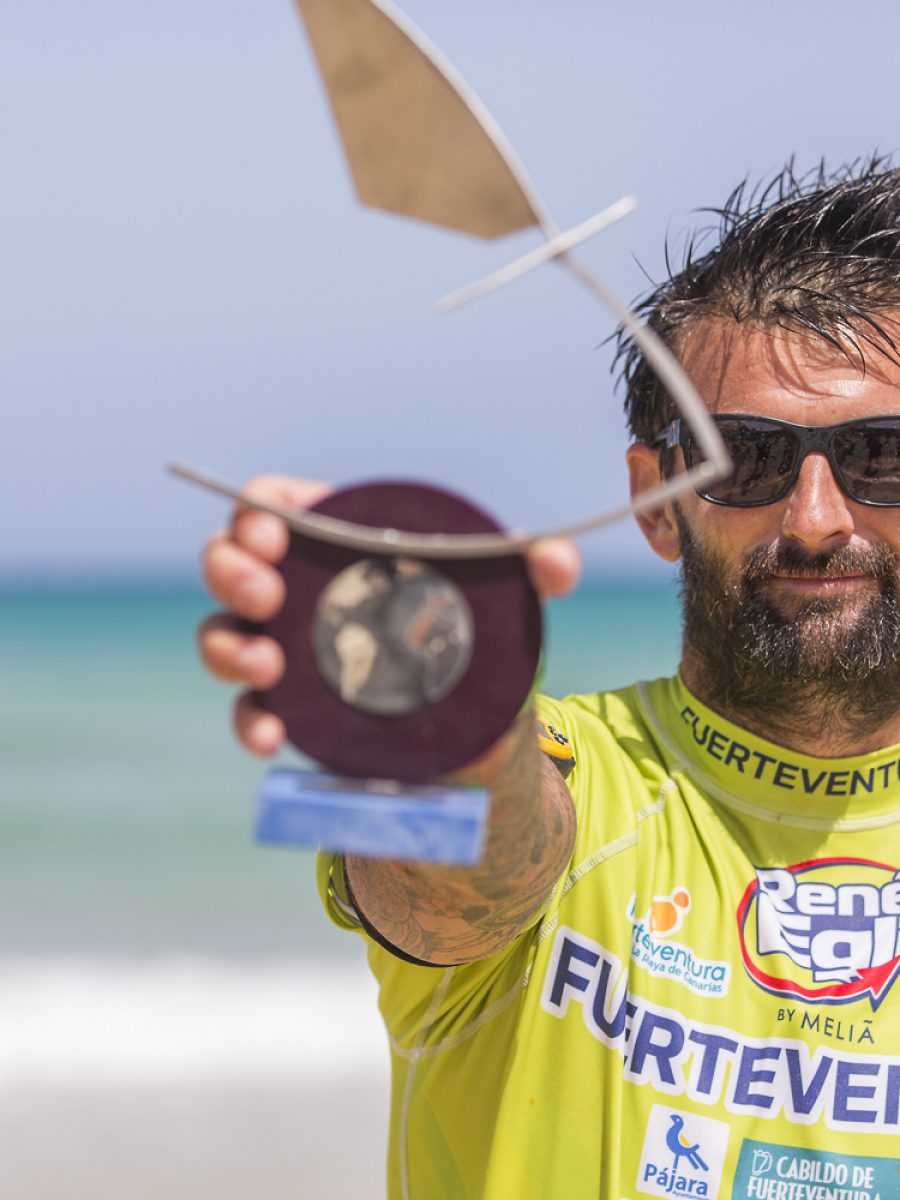
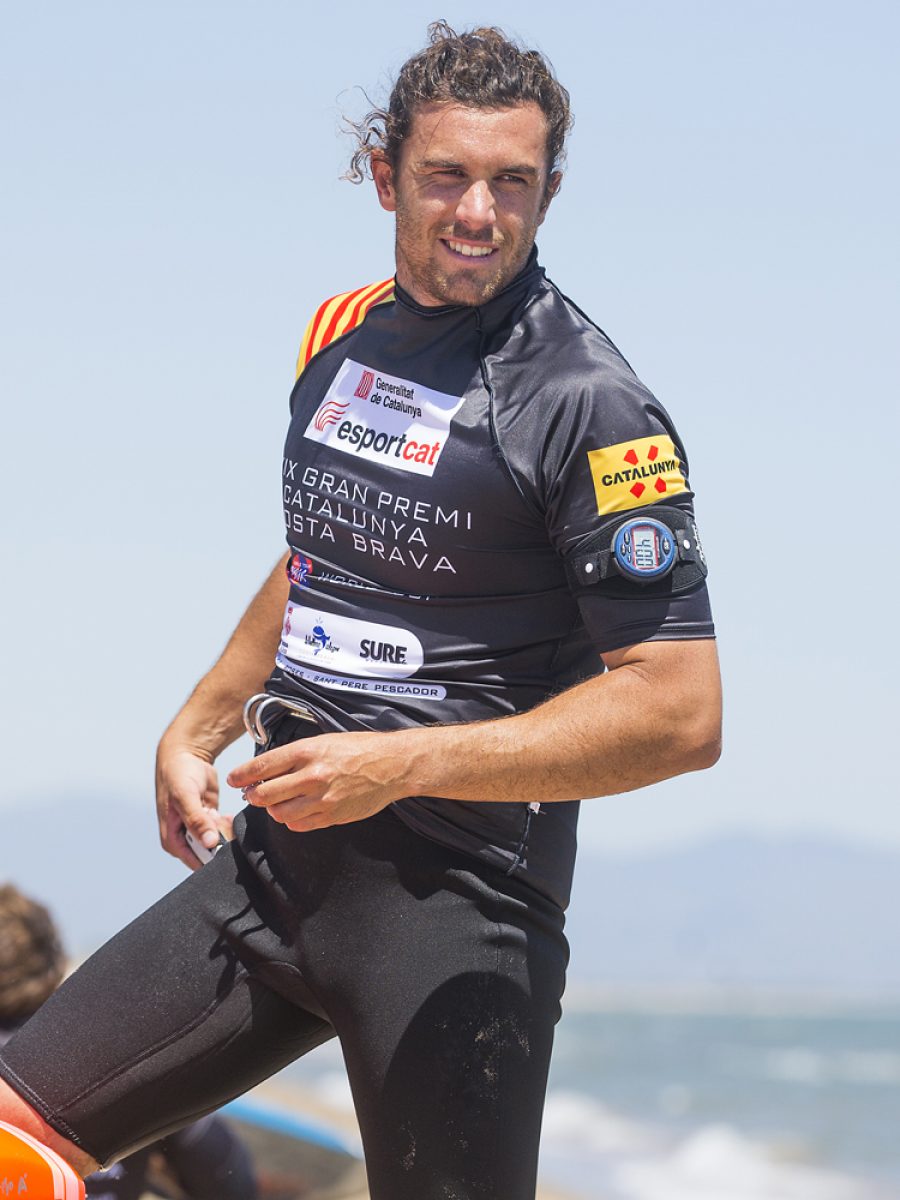
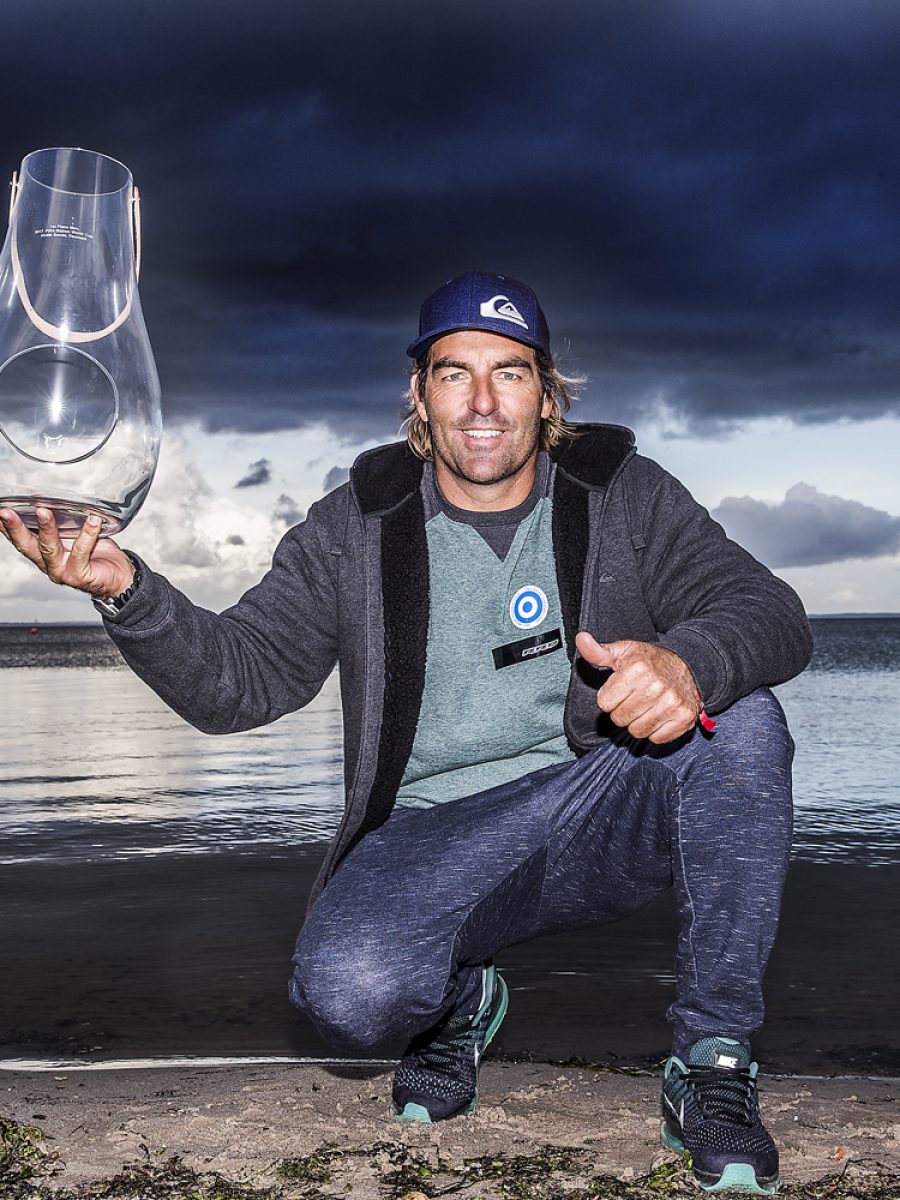
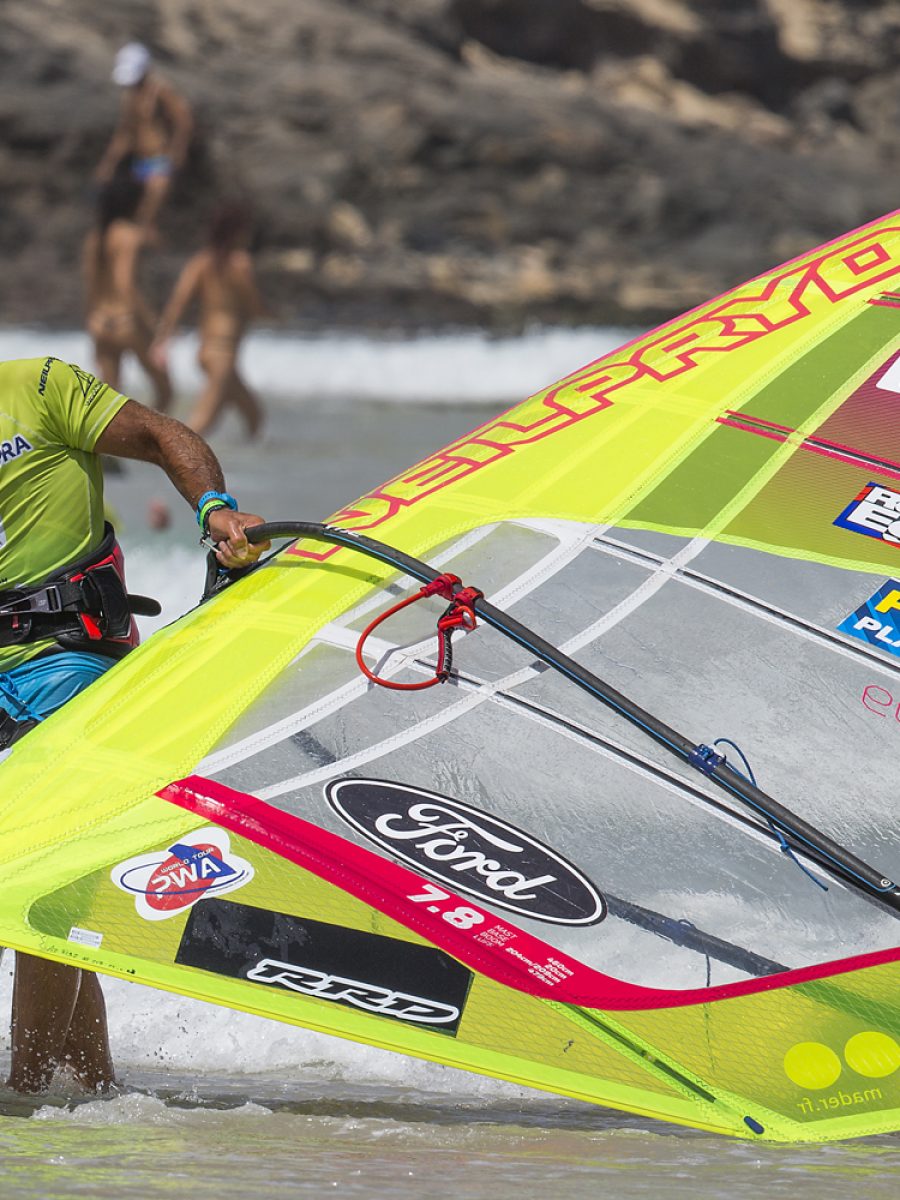
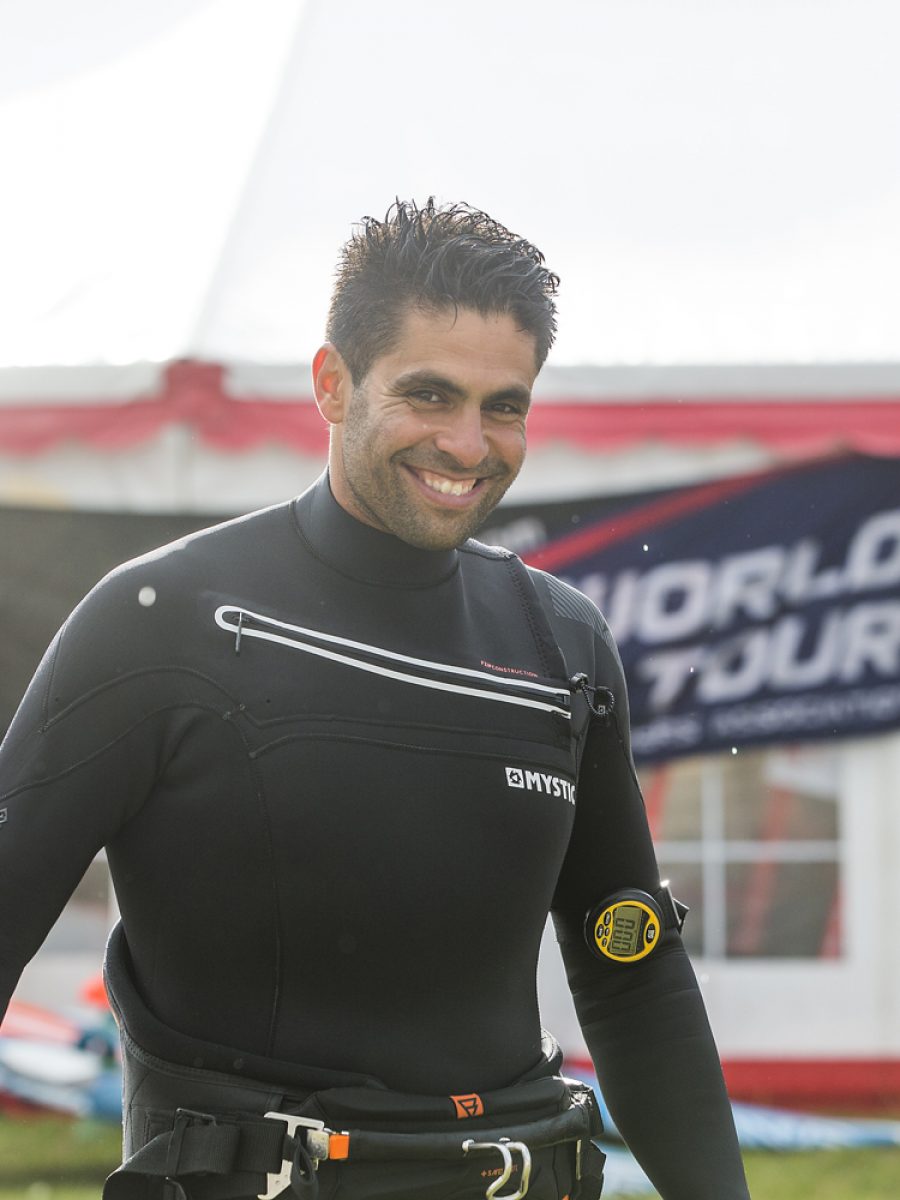
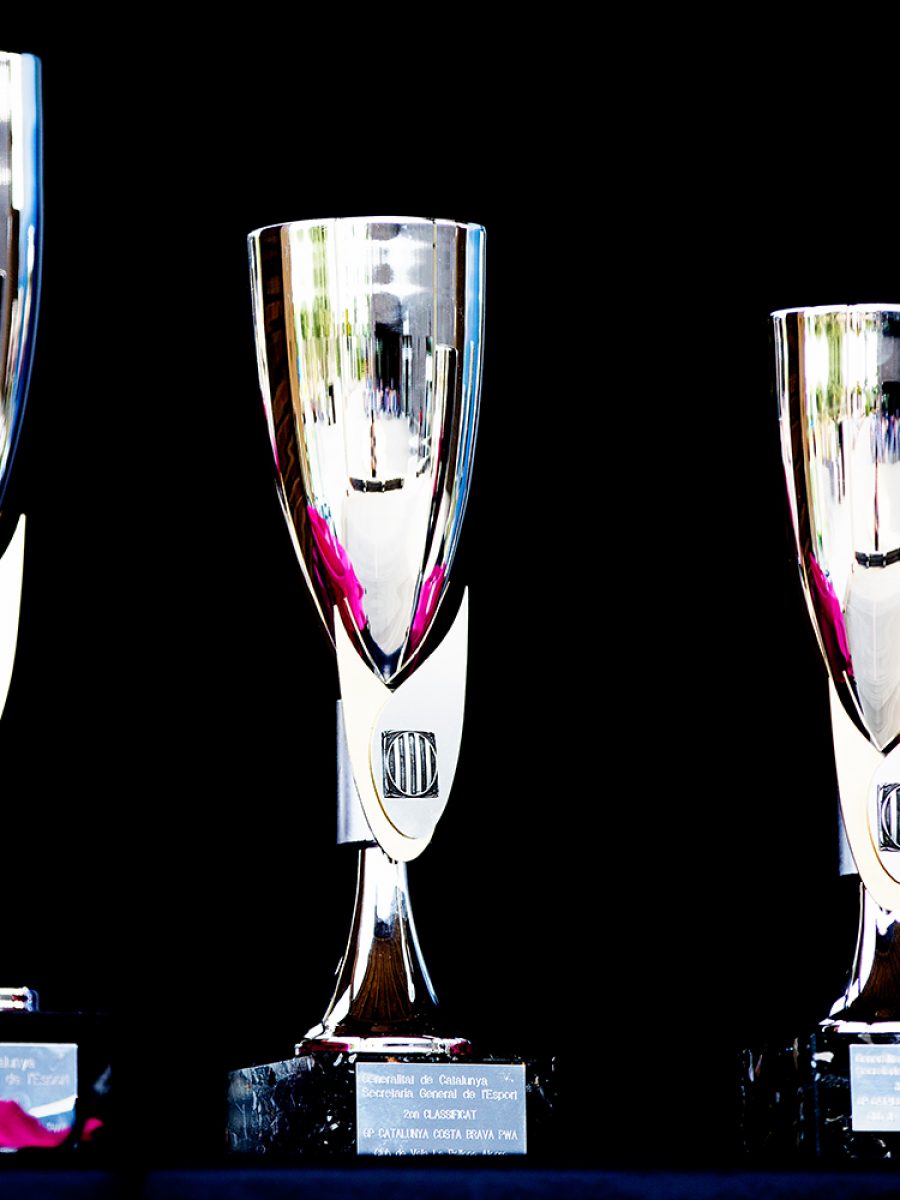
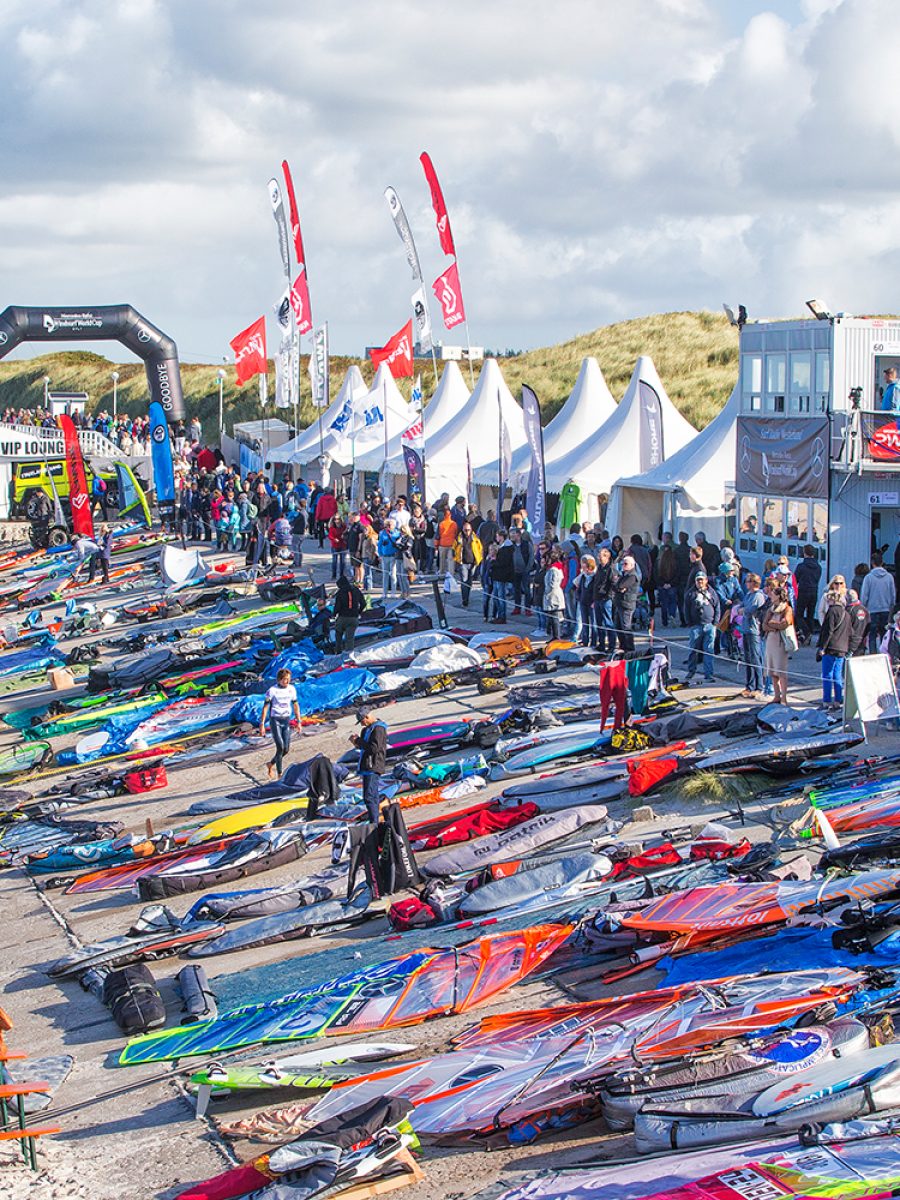
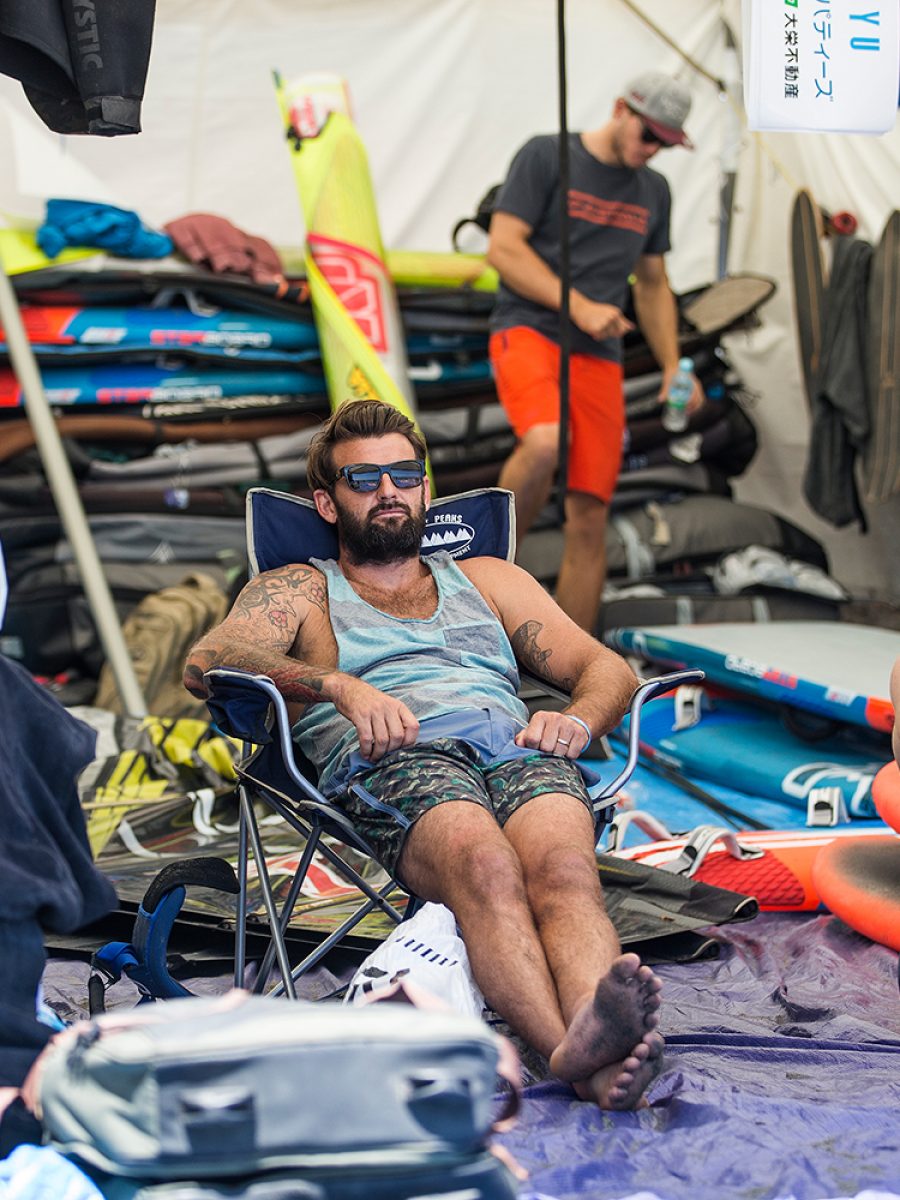
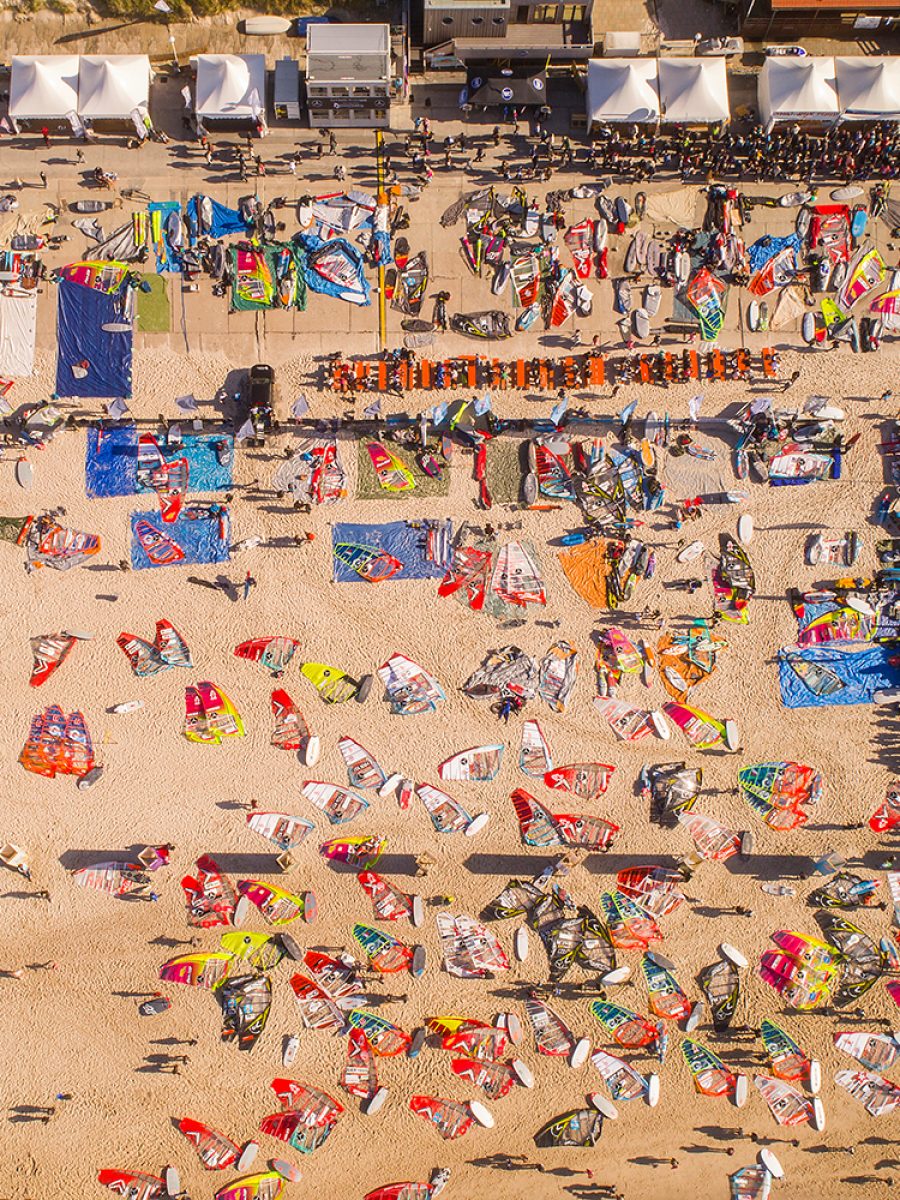
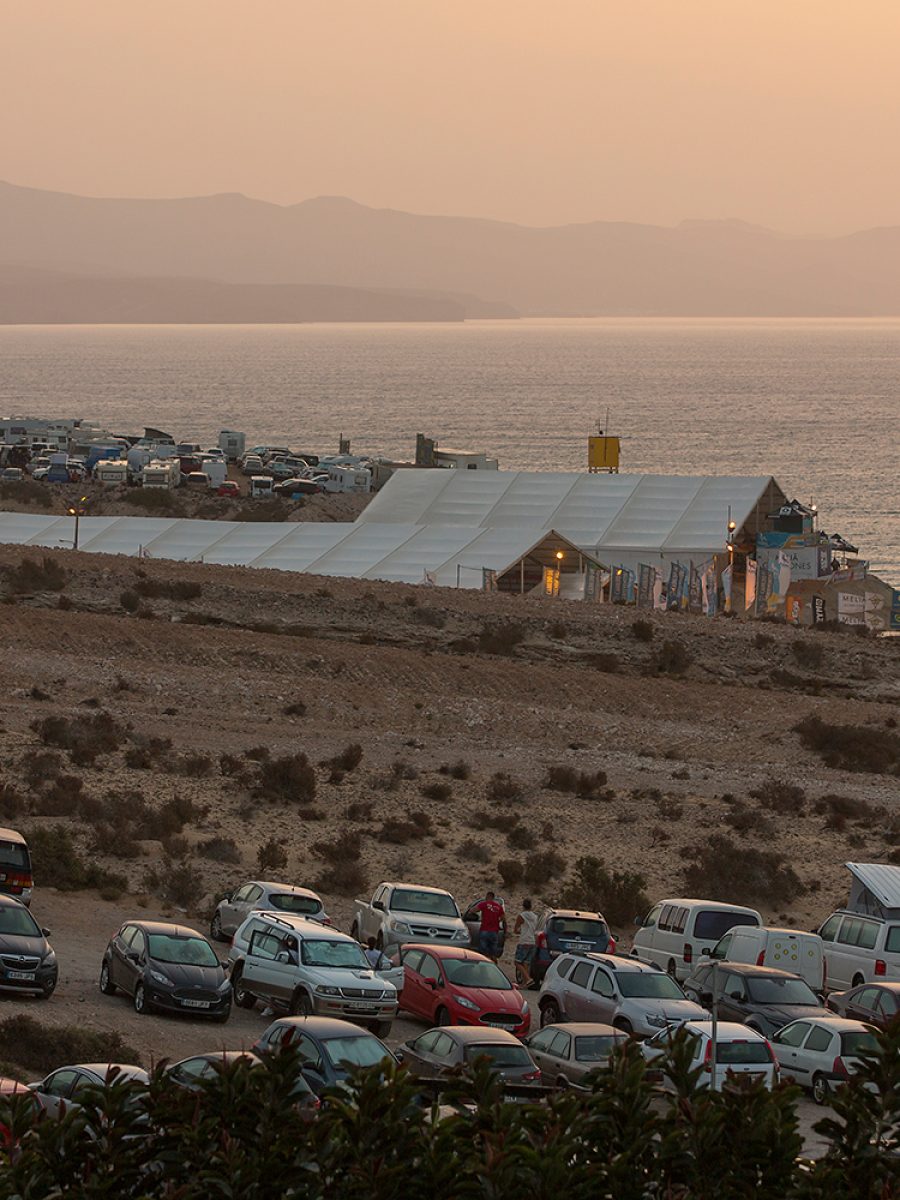
The post PWA SLALOM – SLALOM CENTS appeared first on Windsurf Magazine.